In pictures: Lives of leprosy patients in Brazil
- Published
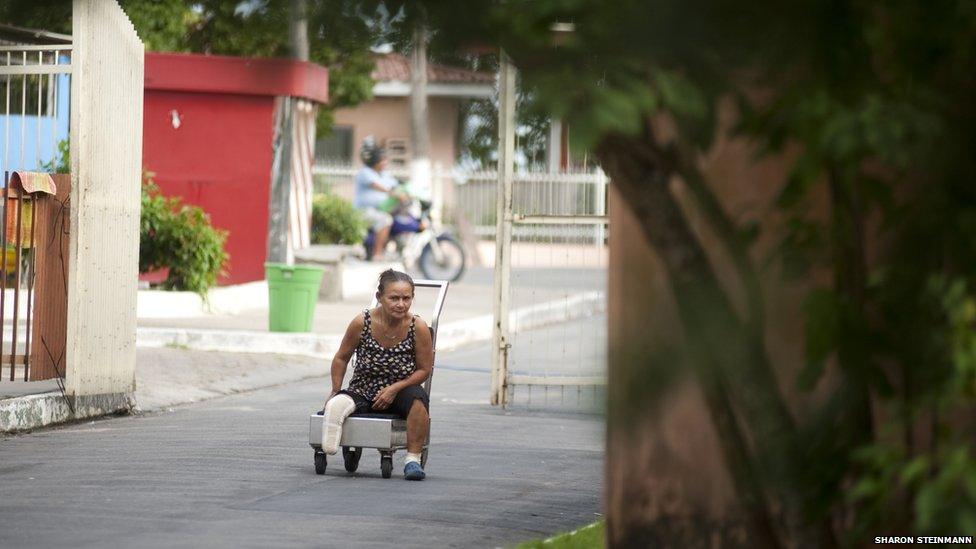
The site of the Dr Geraldo da Rocha Hospital in Colonia Aleixo, a community on the outskirts of the Brazilian city of Manaus, has been home to people with leprosy since 1942. Today's patients are free to come and go, but until the 1960s isolation rules meant people could not leave.

That was the experience of 71-year-old Lucia Feireira Ojamatos. An orphan, she was brought to the Antonio Aleixo Leprosarium, as the facility was then known, when she was 14. At the time, unfounded fears persisted that leprosy was highly infectious. She never saw anyone from her home town again.
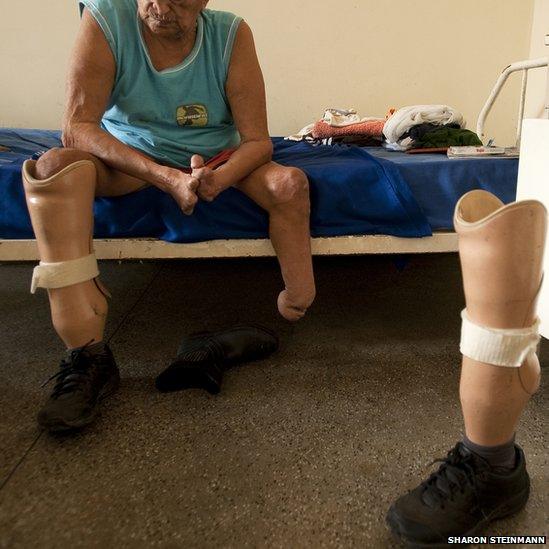
But over the years, patients' experiences have changed. Anibal Rodriguez de Souza, 73, lived at the leprosarium from the age of nine. He left in 1974, found work, married and had three children. He was recently back at the hospital for treatment.
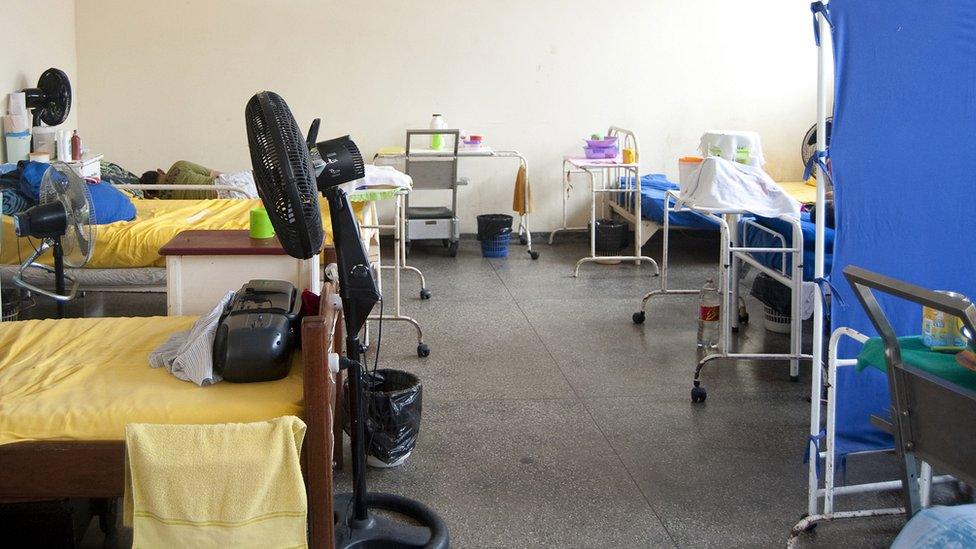
The hospital has male and female wards, with beds for 102 patients. In March, 63 people were staying there as patients, a few permanently. The hospital also provides long-term treatment for other chronic illnesses their patients have.
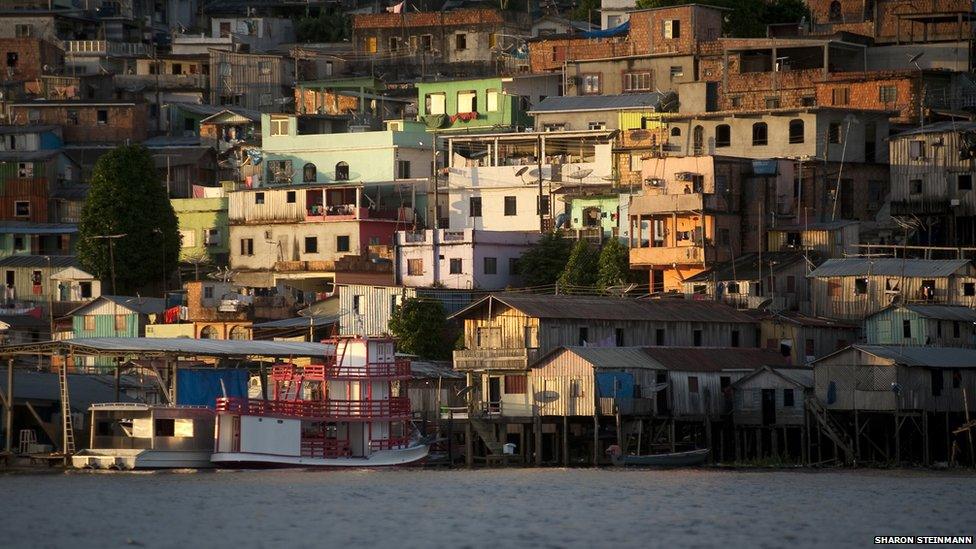
India has the highest number of people with leprosy, with 127,000 new cases reported in 2010. Brazil has the next highest with some 35,000 cases registered in 2010, according to the World Health Organization. The Amazon region, where access to the health system is at times difficult, is particularly hard hit.
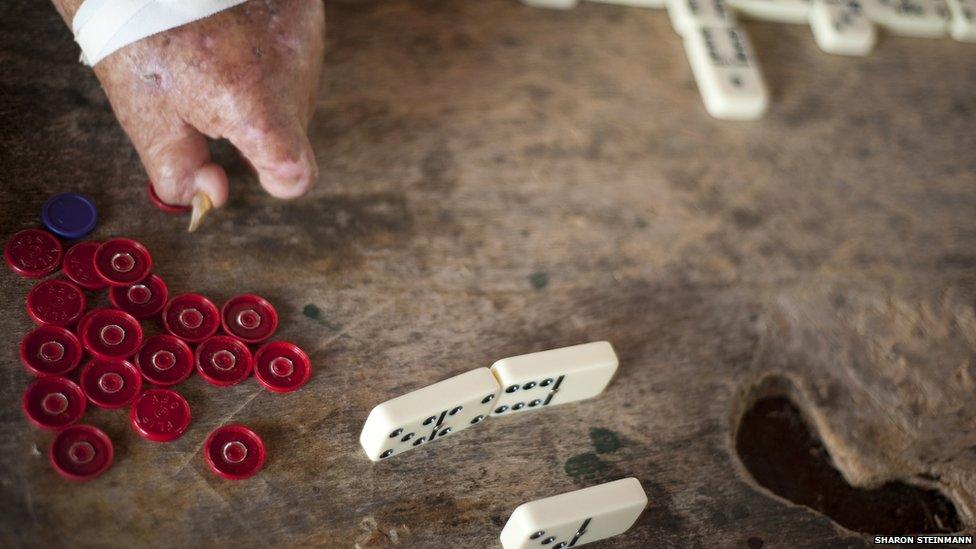
Leprosy, which is caused by bacteria, can cause damage to the skin, nerves, limbs and eyes. It became a manageable disease in the 1940s and today is curable with multi-drug antibiotic therapy. Brazil itself has an active education campaign to inform people about leprosy.
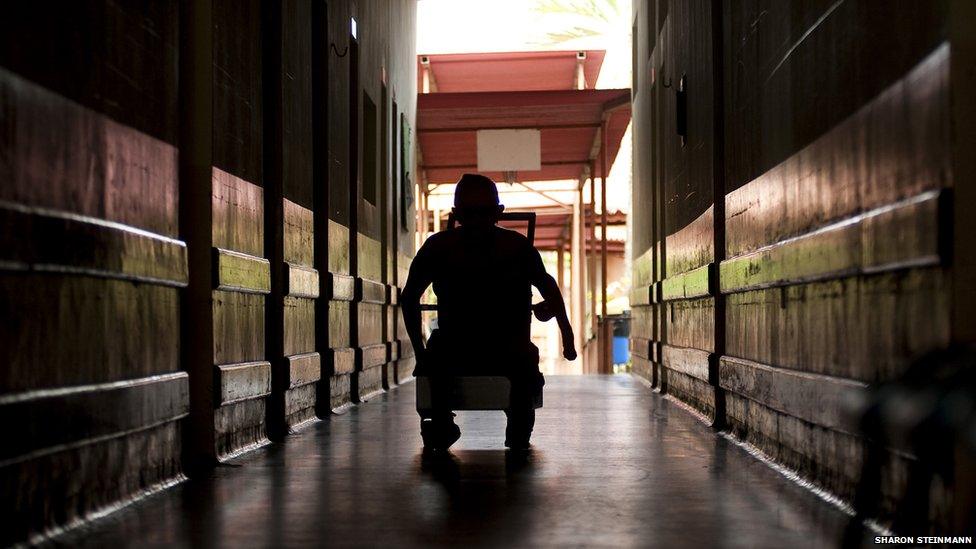
Anibal Rodriguez de Souza wheels himself down the hall at the hospital. His limbs were badly deformed over the years due to his work as a labourer and secondary infections. He has seen the medical treatment of leprosy patients change dramatically in his lifetime.
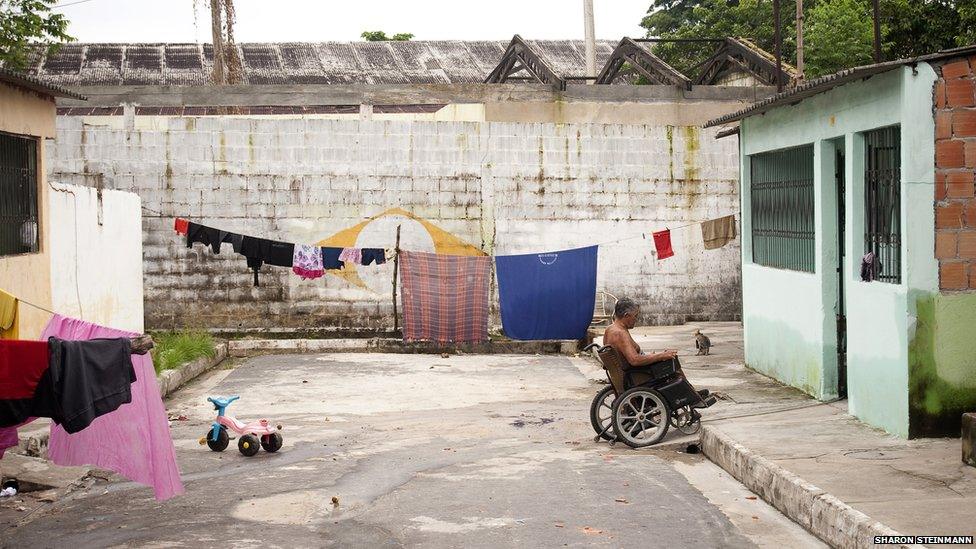
But socially some patients still suffer stigma. Many of those people who used to live in the hospital now have their own homes in Colonia Aleixo. They say they feel more comfortable here than in the urban centre of Manaus.